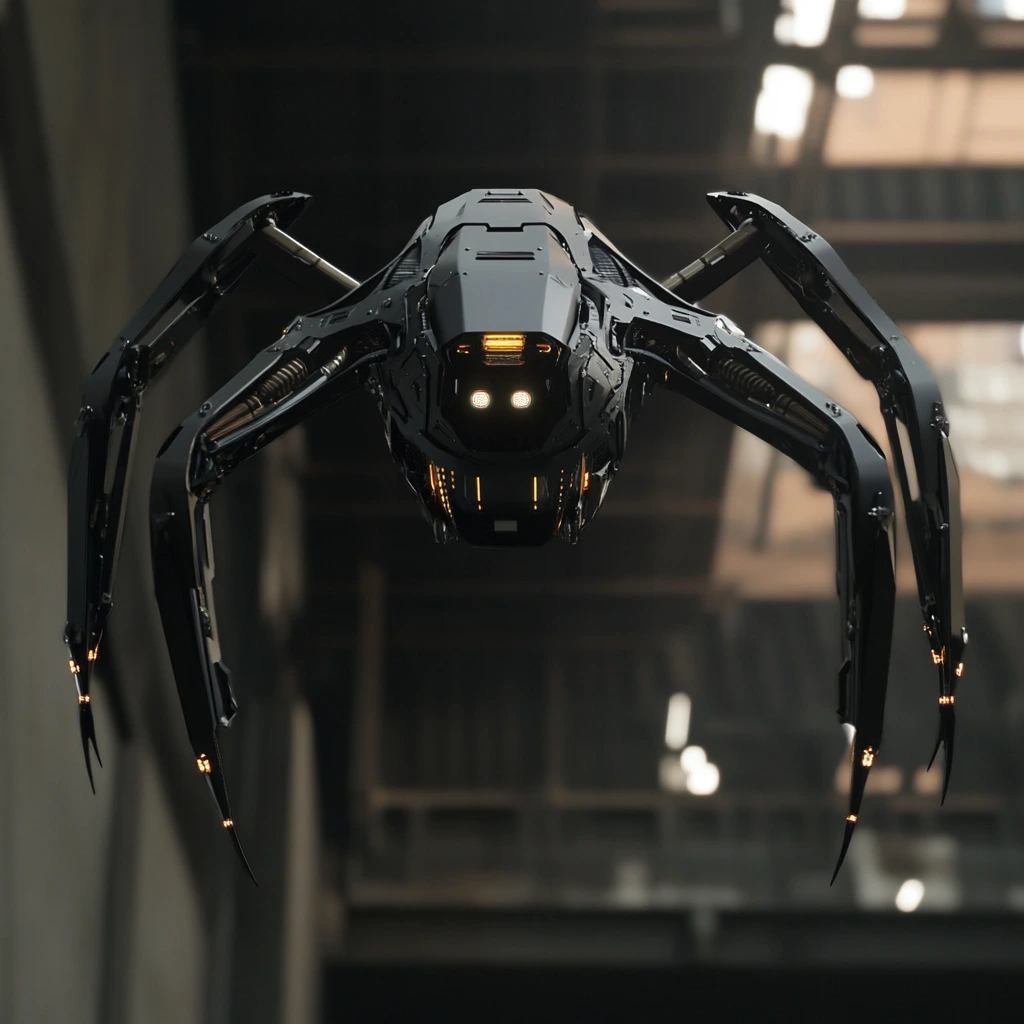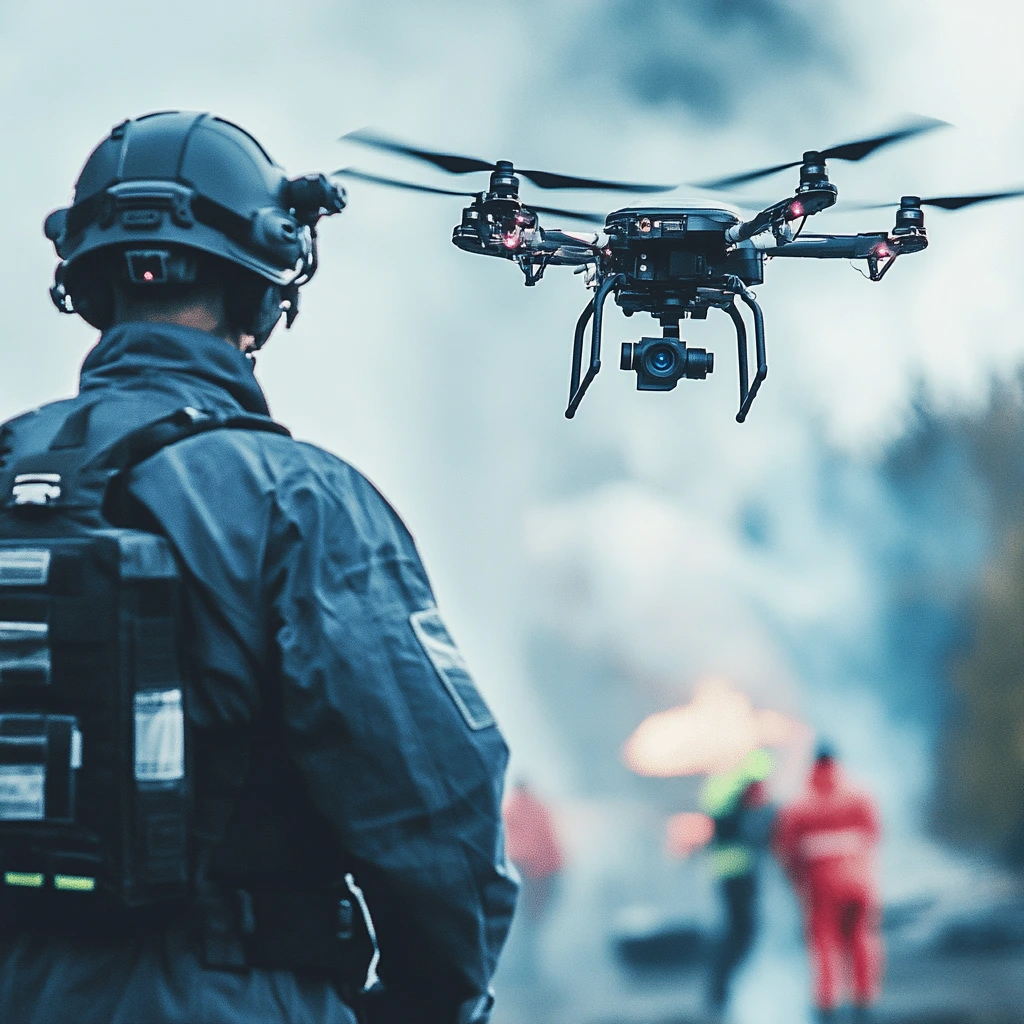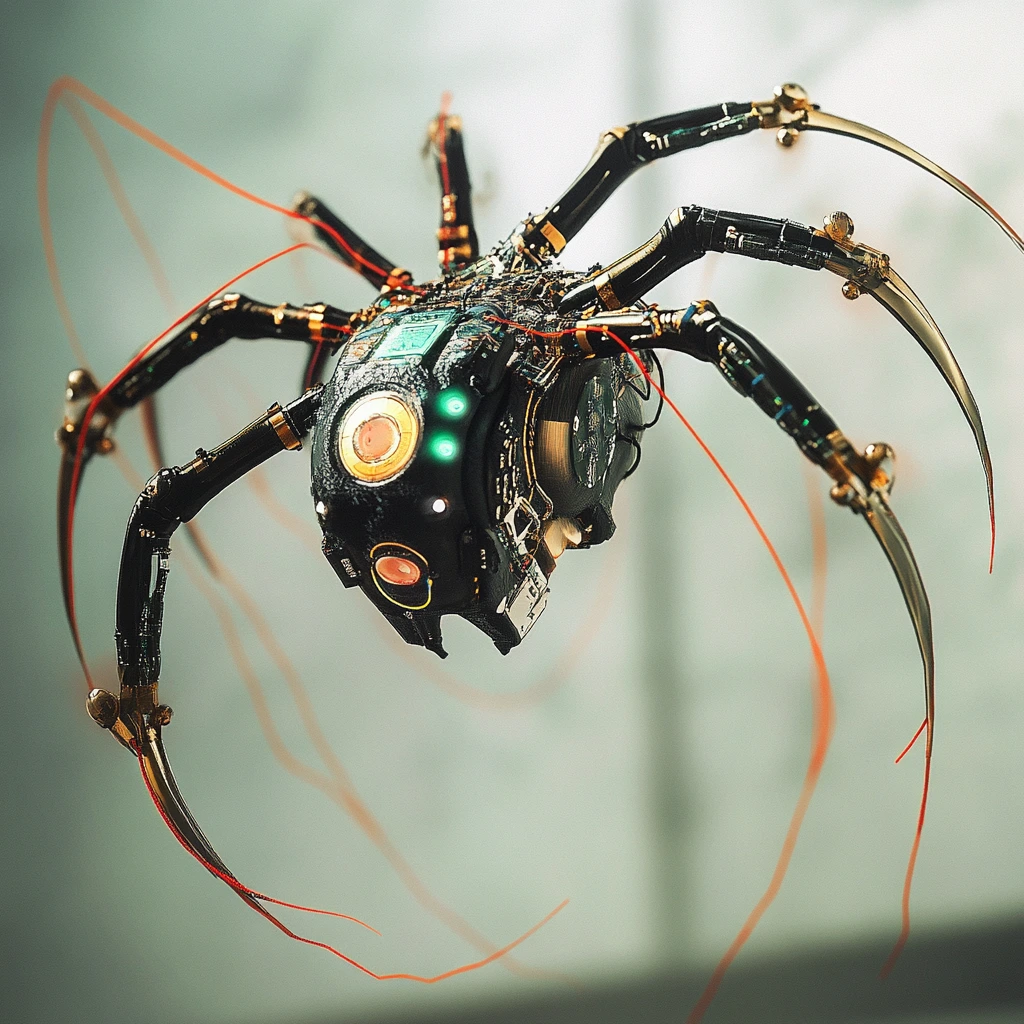Technology has always drawn inspiration from nature—and the latest innovation to capture global attention is no exception. Enter the spider-drone: a hybrid robotic marvel that combines aerial mobility with the terrestrial agility of a spider. More than just a gimmick, this machine has real-world implications for surveillance, search and rescue, scientific research, and even entertainment. Unlike traditional drones that are limited to the skies or flat landing surfaces, spider-drones can walk, climb, crawl, and fly—making them one of the most versatile machines ever developed.
With its sleek design, modular legs, and AI-enhanced intelligence, this drone is revolutionizing the way experts approach difficult environments and previously unreachable areas. But what exactly makes the spider-drone so special, and how

The Anatomy of a Spider-Drone: Nature-Inspired Engineering at Its Best
The spider-drone isn’t just a clever nickname—it literally resembles a spider in both form and function. Most versions feature six to eight mechanical legs, often with joints mimicking arachnid articulation, combined with propellers or jet systems that allow it to take flight when needed. Thanks to flexible exoskeleton materials and miniaturized servos, these legs can bend, rotate, and retract in real time, allowing the drone to scale walls, traverse ceilings, or walk over rugged terrain.
Unlike conventional drones that struggle with uneven or cluttered environments, the spider-drone excels in tight urban corridors, forested zones, and indoor areas where GPS signals may be weak. Its ability to crawl or perch silently gives it an edge in both stealth and precision. Its hybrid locomotion also reduces energy use—only flying when absolutely necessary.
Surprising Features You Won’t Find in Regular Drones
What truly sets this drone apart are its groundbreaking technological capabilities:
- Dual-Mode Locomotion: Seamlessly switches between flight and walking modes depending on terrain or mission needs.
- Autonomous Pathfinding AI: Uses a suite of sensors and machine learning to create and adapt routes in real time.
- Multispectral Imaging: Equipped with cameras that work in infrared, thermal, and night vision, perfect for covert missions or wildlife observation.
- Nano-Suction Feet: Some prototypes use gecko-like suction tech to cling to vertical and inverted surfaces.
- Self-Recharging Modules: Experimental models have solar panel membranes or docking capabilities for extended missions.
- Real-Time Data Streaming: Streams high-resolution data directly to operators or cloud systems using 5G or satellite connectivity.
These features aren’t just impressive—they’re redefining what we expect from modern robotics. Whether it’s mapping unexplored caves or monitoring critical infrastructure, the spider-drone is proving to be both a technological wonder and a practical tool.

Real-World Use Cases: From Rescue Operations to High-Stakes Surveillance
The spider-drone’s adaptability allows it to fill roles that were once the stuff of science fiction. Here’s where it’s already making a difference:
- Search and Rescue Missions: In disaster zones like earthquakes or building collapses, the drone can crawl through debris to locate trapped survivors using thermal imaging and voice detection.
- Military and Tactical Use: Its stealth, mobility, and data collection capabilities make it a valuable asset for reconnaissance missions in conflict zones.
- Scientific Exploration: Researchers are deploying spider-drones into remote caves, dense forests, and even active volcanoes to gather environmental data.
- Agriculture: Able to walk between rows of crops or fly above large fields, it can monitor plant health, soil moisture, and pest activity with pinpoint accuracy.
- Security and Surveillance: From patrolling airport ceilings to scanning under vehicles, the drone offers unmatched angles and discretion.
- Cinematic and Creative Projects: Directors and producers are exploring the drone for dynamic camera shots in film, television, and virtual reality content.
Its hybrid design allows access to areas that traditional drones, ground robots, or humans cannot safely or effectively reach.
Challenges, Ethical Questions, and What the Future Holds
As with any powerful new technology, the spider-drone raises a number of challenges:
- Privacy and Surveillance Concerns: With the ability to operate silently in hidden areas, the drone could easily be misused for spying or unauthorized data collection.
- Security Risks: In the wrong hands, spider-drones could be used for smuggling, cyber-espionage, or even targeted attacks.
- Maintenance and Cost: The complexity of its mechanics makes maintenance more demanding than that of regular drones, and the price tag remains high.
- AI Control and Autonomy: While autonomy boosts efficiency, it also raises concerns about malfunctioning or misinterpreting data in critical scenarios.
Despite these concerns, the industry is already pushing forward. Future models may include biodegradable frames, hive-based communication systems, and medical payloads for emergency injections or diagnostics in warzones or hard-to-reach communities.
Governments and watchdogs are starting to draft policies that balance innovation with accountability, ensuring that spider-drones enhance human life without compromising security or ethics.

Conclusion: A Bold Step Into the Future
The spider-drone is no longer a fantasy from science fiction—it’s a reality with immense potential and wide-ranging applications. From disaster relief to wildlife monitoring, its flexibility and intelligence mark a significant milestone in drone evolution. While its advanced features are impressive, it’s the way it mimics life and adapts to challenges that truly captures the imagination.
As engineers refine the design and society grapples with its implications, one thing is clear: the spider-drone is not just a gadget—it’s a game-changer. Whether we view it as a helpful assistant, a watchful guardian, or a necessary ethical challenge, this high-tech arachnid is here to stay.
Table of Contents
From iOS 19 to iOS 26: What’s Behind Apple’s New Direction? – trendsfocus
Expert Spider-iUAV Drones Manufacturer:Design, R&D Production |